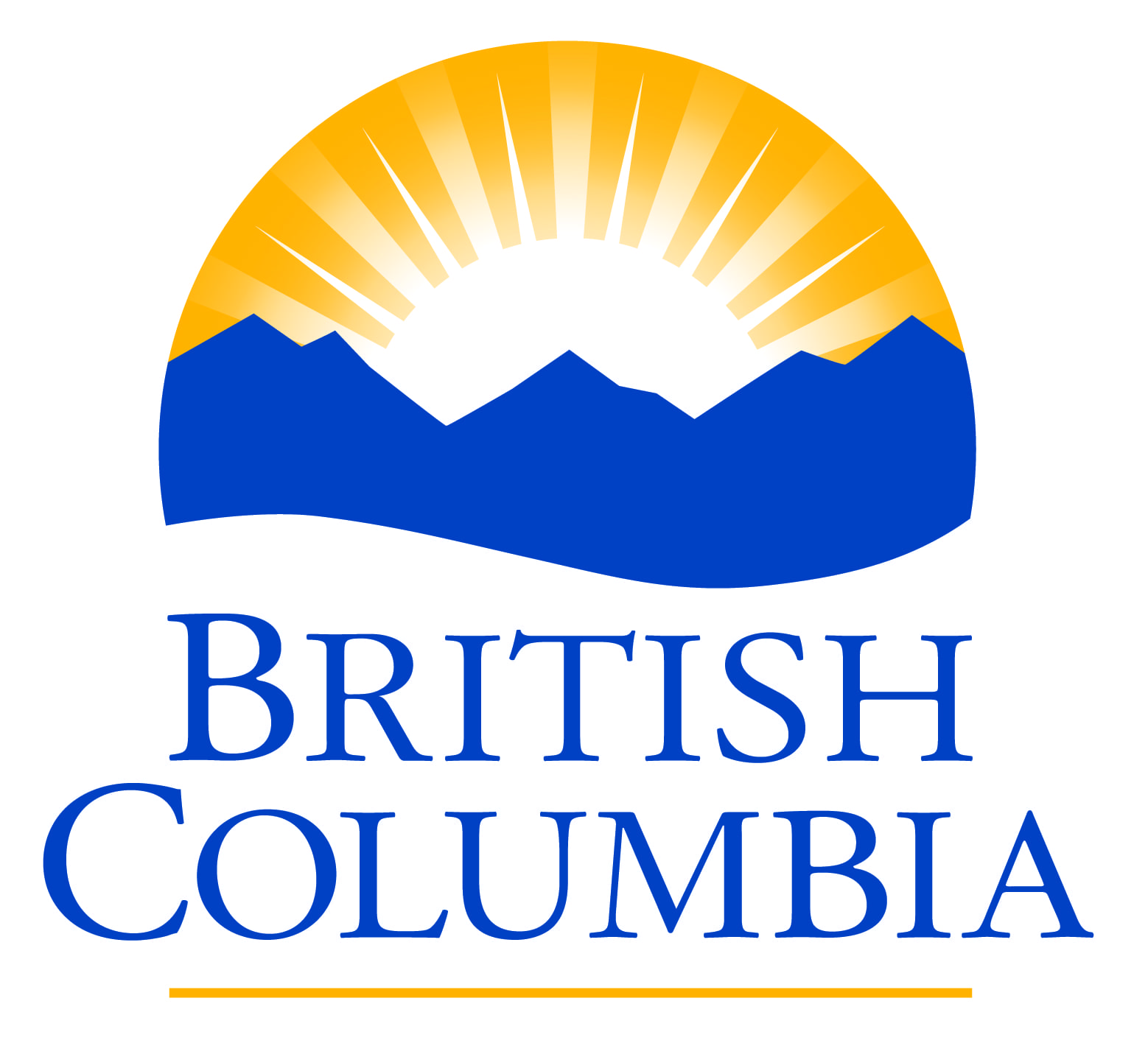Drought conditions impacting southern BC
Drought is affecting most of southern British Columbia and the central Interior due to very low rainfall, exacerbated by the recent extreme heat wave.
Water scarcity and low flows are affecting Vancouver Island, the entire Thompson-Nicola region, the Cariboo, Shuswap and Okanagan.
Most of eastern Vancouver Island, as well as the Salmon River watershed in the Shuswap, are now at Drought Level 4. In these areas, adverse impacts on fish are now very likely.
Areas under Drought Level 3 include: the Nicola and Coldwater watersheds near Merritt, the Kettle River watershed near Grand Forks, western Vancouver Island, the Middle Fraser Basin/ Cariboo region and the entire Okanagan Valley.
Fourteen other basins in B.C. are either under Drought Level 2 or Drought Level 1.
British Columbia ranks drought levels from 0 to 5, with Drought Level 5 rated as the most severe with adverse impacts to socio-economic or ecosystem values being almost certain.
Water conservation is everyone’s responsibility and is being urged for all areas affected by drought. Residential, agricultural and industrial water users in affected areas must observe all water conservation bylaws, watering restrictions and advice from their local government, irrigation district or water utility.
Irrigators and water licensees in watersheds with water scarcity should prepare and plan in case additional targeted water restrictions or temporary protection orders under the Water Sustainability Act are required.
General water conservation tips:
At home:
- Limit outdoor watering
- Do not water during the heat of the day or when it is windy
- Consider planting drought-tolerant vegetation
- Take shorter showers
- Do not leave taps running
- Install water-efficient showerheads, taps and toilets
On the farm:
- Implement an irrigation scheduling program using real-time weather data
- Schedule irrigation to match crop needs and soil storage capacity
- Improve water system efficiencies and check for leaks
- Focus on high-value crops and livestock
Industry:
- Reduce non-essential water use
- Recycle water used in industrial operations
- Use water-efficient methods and equipment
Learn More:
Drought portal (maps, tables, definitions):
https://governmentofbc.maps.arcgis.com/apps/MapSeries/index.html?appid=838d533d8062411c820eef50b08f7ebc
Drought information:
https://www2.gov.bc.ca/gov/content/environment/air-land-water/water/drought-flooding-dikes-dams/drought-information
Freshwater sportfishing regulations and angling closures:
https://www2.gov.bc.ca/gov/content/sports-culture/recreation/fishing-hunting/fishing/fishing-regulations
River Forecast Centre:
https://www2.gov.bc.ca/gov/content/environment/air-land-water/water/drought-flooding-dikes-dams/river-forecast-centre
Drought and agriculture:
https://www2.gov.bc.ca/gov/content/industry/agriculture-seafood/agricultural-land-and-environment/water/drought-in-agriculture






















